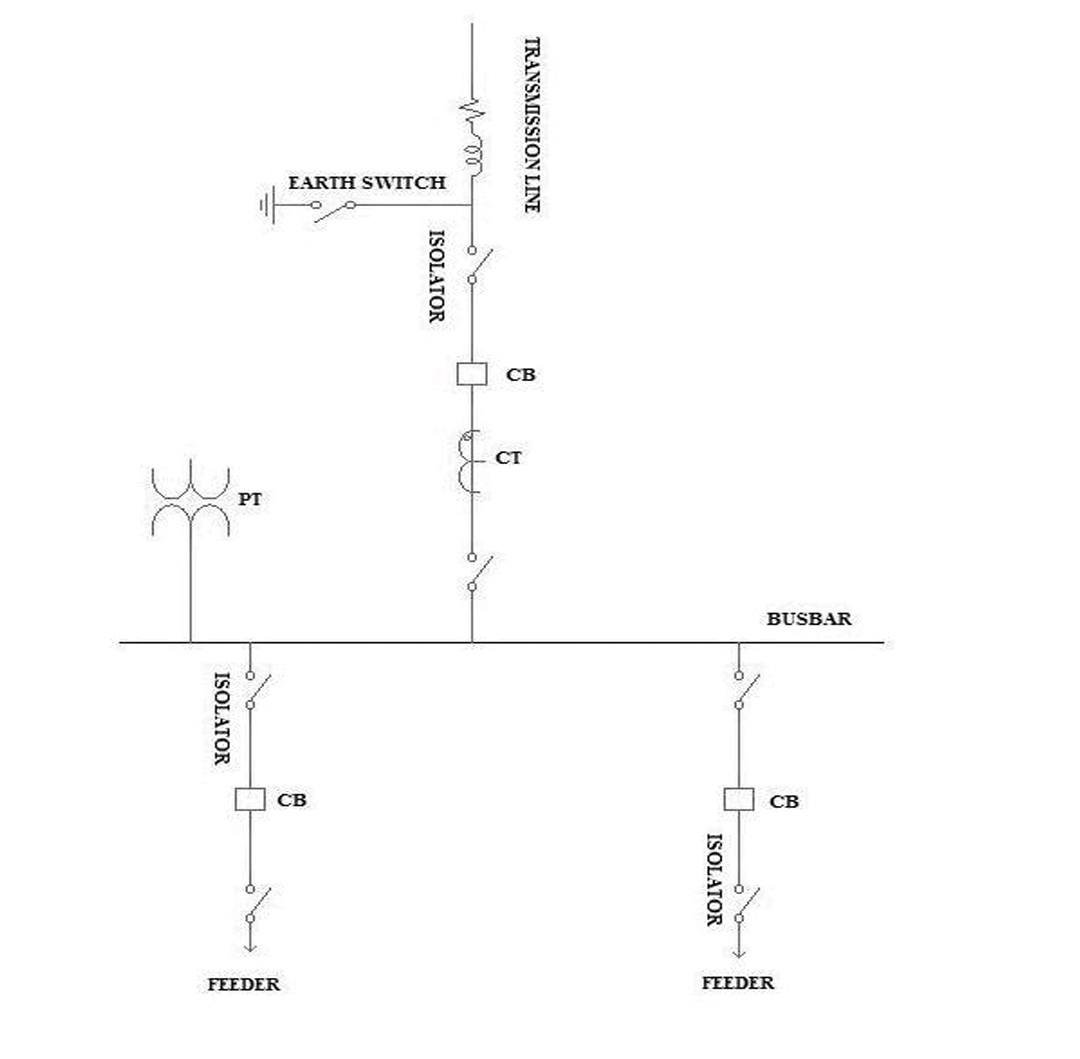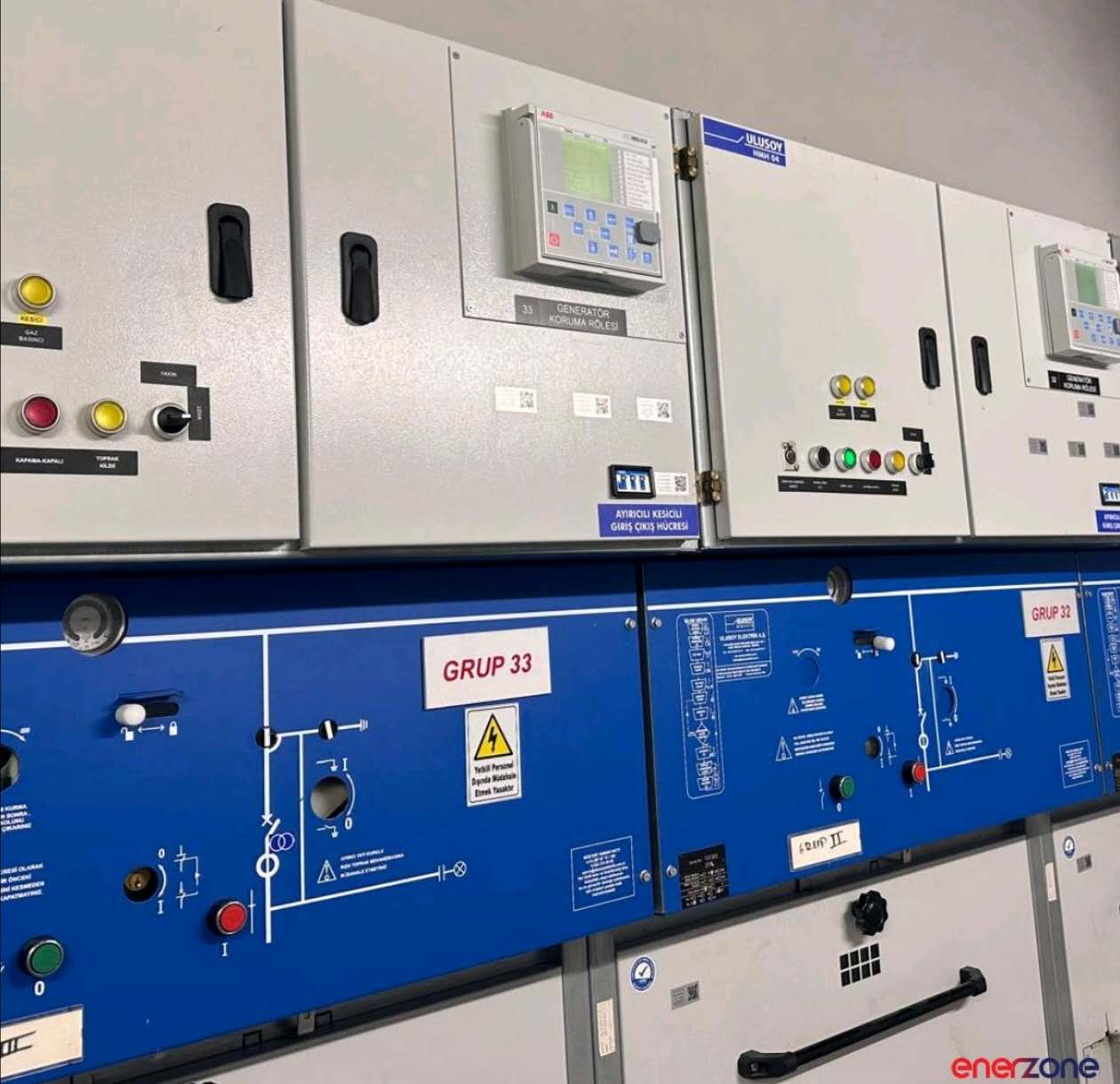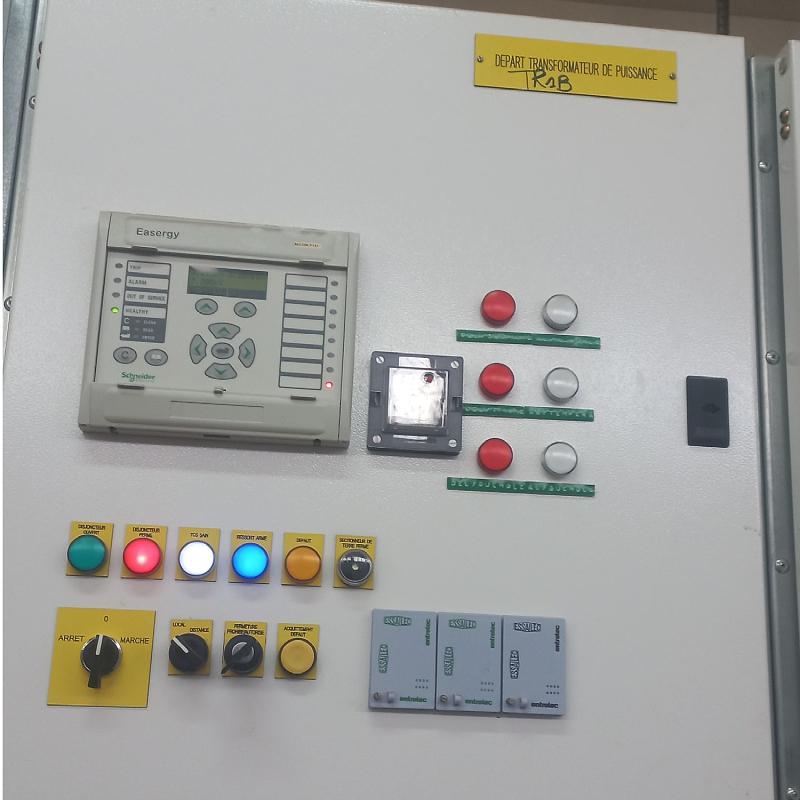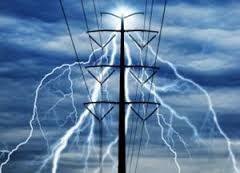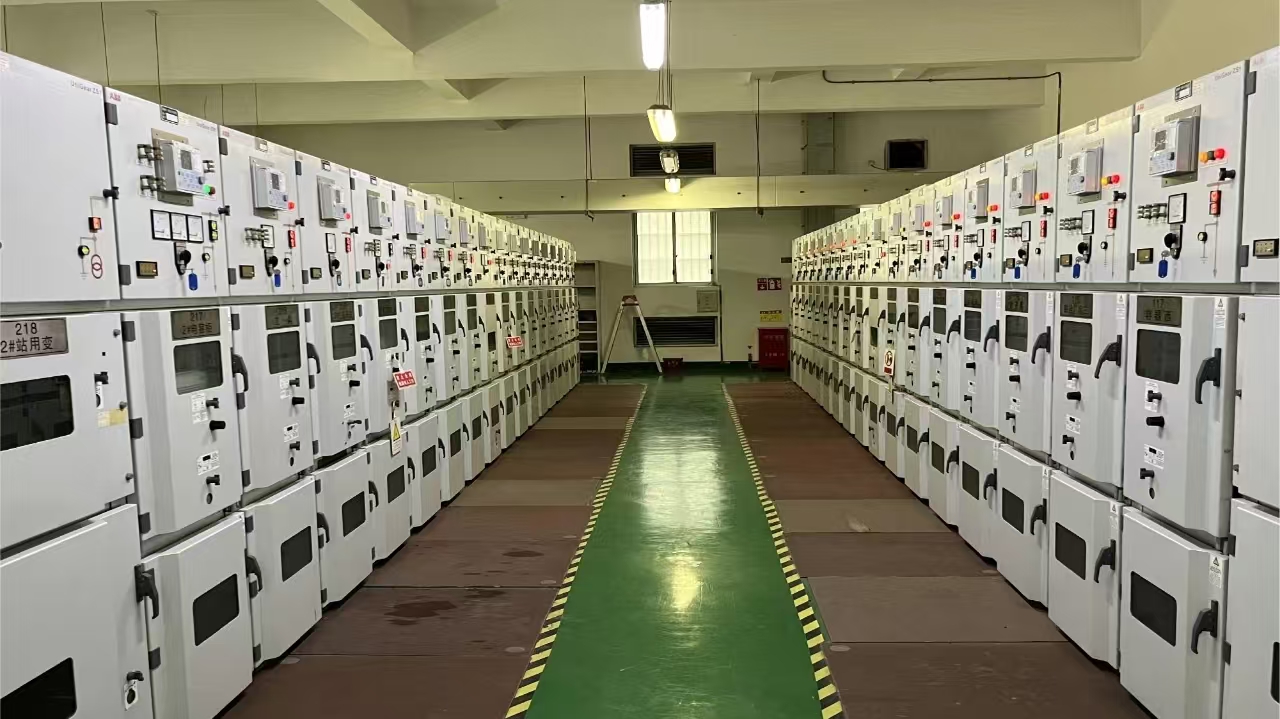
ABB's backup automatic input does not come with its own device, but we use
REF615K's built-in current detection and voltage detection module realizes the functions through the logic circuit built by logic gates and then through the transmission of signals (wiring, goose, etc.) between devices. Therefore, REF615K does not require external devices to realize standby automatic switching, but only needs to add wiring and modify logic. Of course, the debugging of new projects prepared for self-investment is included in their own debugging, and no additional expenses are required.
REF615D can be used as a bus connector to realize the bus connector standby automatic switching, because in the bus connector standby automatic switching, the bus connector is actually only responsible for collecting signals, processing signals and then sending signals to the two incoming lines to open and close through logic. Therefore, in the bus connector standby automatic switching, the configuration of 2K1D can be used to realize the standby automatic switching function. So after talking about how ABB's self-investment is realized, we can move to the next question, why does ABB's self-investment seem to be different in every project? There are actually two aspects to this problem. On the one hand, this is because everyone's habits of doing logic are different, so different technologies may have different logical writing methods for the same project, which will lead to some possible debugging differences, which makes the on-site debuggers feel that ABB preparation and self-investment in each project are different. On the other hand, each project has different requirements for backup and self-switching, such as self-switching and self-restoration, mutual backup, fault blocking, logic blocking, etc. Because ABB backup and self-switching does not have a fixed template, each project The program is written and modified according to different requirements.
So, how did ABB's self-investment, which sounds so complicated, be realized? Is on-site debugging too difficult?
Actually it's not.
Although ABB's backup automatic investment sounds so flexible and is different in everyone's hands, in fact, its essence is still inseparable from logical flow. Take the self-investment of the parent joint as an example.
The first is the charging state: the criterion is that the voltage of the 1 and 2 inlet lines is normal, and the parent connection is opened together, the working position of the car, the spare self-throwing pressure plate (if any), etc., that is, first judge whether the loop is in normal working condition, the spare self-throwing can be started.
Assuming that the 1 # incoming line loses voltage, after the delay, the bus coupling will send a signal to the 1 # incoming line to open. After it is determined that the 1 # incoming line is opened, the bus coupling will be closed after the delay, and the automatic switching will be completed.
It sounds a complicated process. In fact, the incoming lines 1 # and 2 # only need to send three signals to the bus coupler: voltage, no voltage and no current, and the closing position of the circuit breaker, while the bus coupler sends opening and closing signals to the two incoming lines. (if self-restoring).
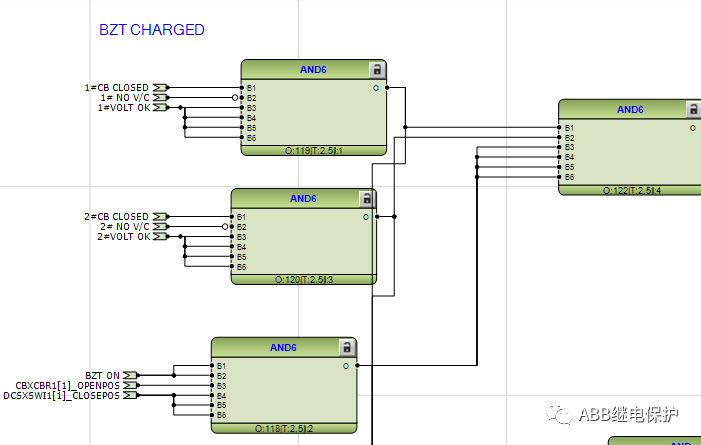
Some logic diagrams in PCM600 are shared above. Interested friends can contact me to discuss it together. The application of spare automatic investment is very wide. ABB's spare automatic investment is as trustworthy as its products and has reliable action accuracy.



